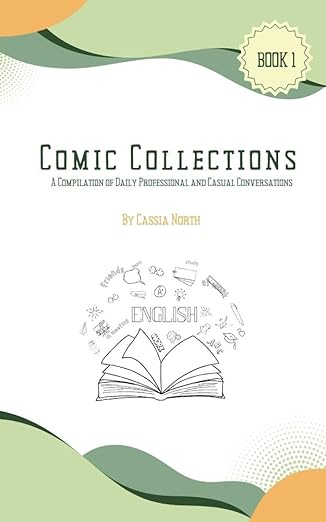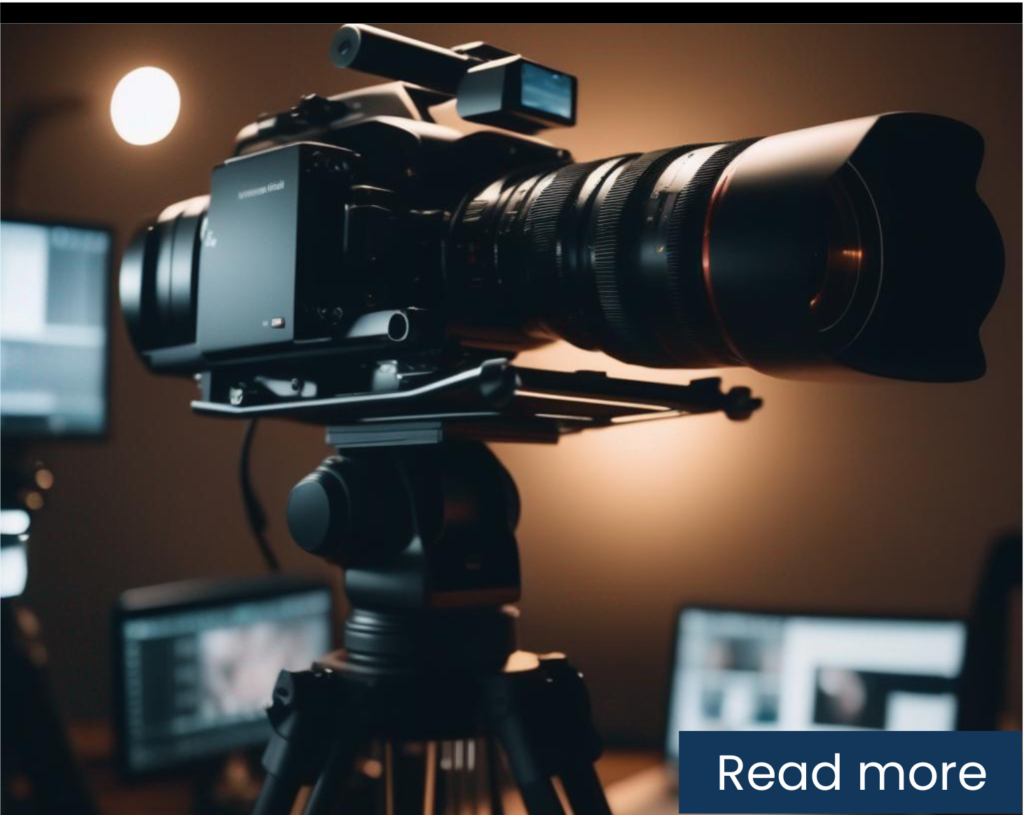While the present simple tense might seem straightforward, effectively using it and avoiding common pitfalls can be challenging. Here, we provide practical tips for proper usage and highlight some typical mistakes learners often make.

Tips for Remembering When to Use the Present Simple Tense
Associate with Routine: Link the use of the present simple with your daily routines and habitual actions. This association helps in remembering to use this tense for regular activities.
Fact-Checking: When stating facts or general truths, remind yourself that the present simple is the go-to tense. Whether you’re talking about scientific facts, geographical information, or universal truths, the present simple is appropriate.
Timetable Thinking: For fixed schedules or timetables, like bus schedules or class times, use the present simple. This mental association can be a helpful reminder.

Common Mistakes and How to Avoid Them
Subject-Verb Agreement Errors: Pay special attention to third-person singular forms, which often require an -s or -es ending. Regular practice and attentive listening can help in internalizing these patterns.
Overusing the Continuous Form: Remember that the present simple, not the continuous form, is used for habitual actions and general truths. The continuous form is for actions happening at the moment of speaking.
Confusing Adverbs of Frequency: Adverbs like ‘always’, ‘usually’, ‘often’, ‘sometimes’, and ‘never’ are typically used with the present simple. Their correct placement is important – usually before the main verb or after the auxiliary verb ‘be’.
The Importance of Context in Tense Usage
Context plays a crucial role in choosing the right tense. Always consider the situation: Are you talking about a regular action? A general truth? Or maybe a fixed plan? Your answer will guide you in choosing the present simple or another tense.

Practice Makes Perfect
Regular practice is vital. Try to incorporate the present simple tense into your daily conversations, writing exercises, and language drills. The more you use it, the more natural it will become.
Conclusion
Understanding when and how to use the present simple tense is key to mastering English grammar. By being mindful of common errors and practicing regularly, you can enhance your English communication skills significantly. Keep these tips in mind as you continue to explore and use the English language in your daily life.











